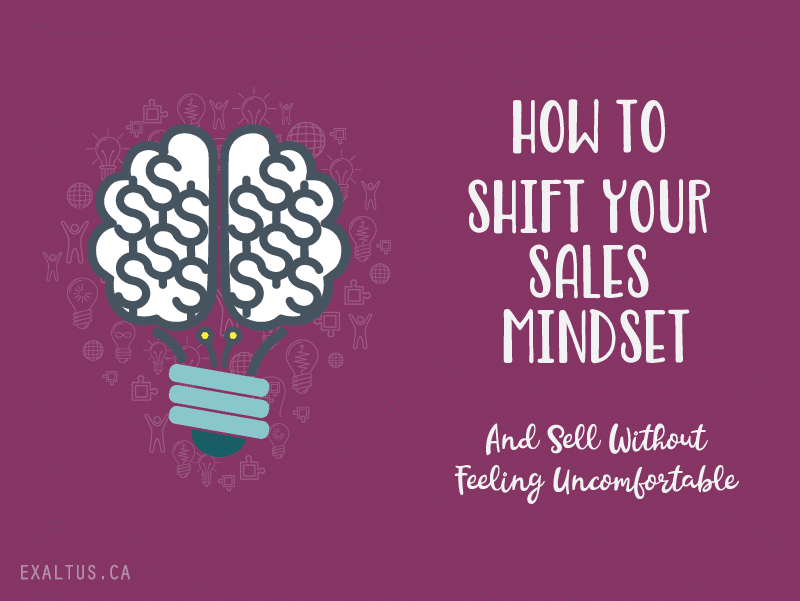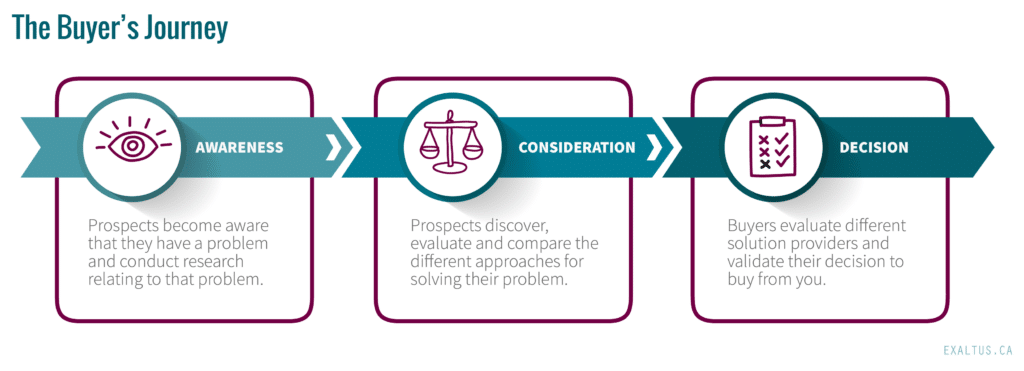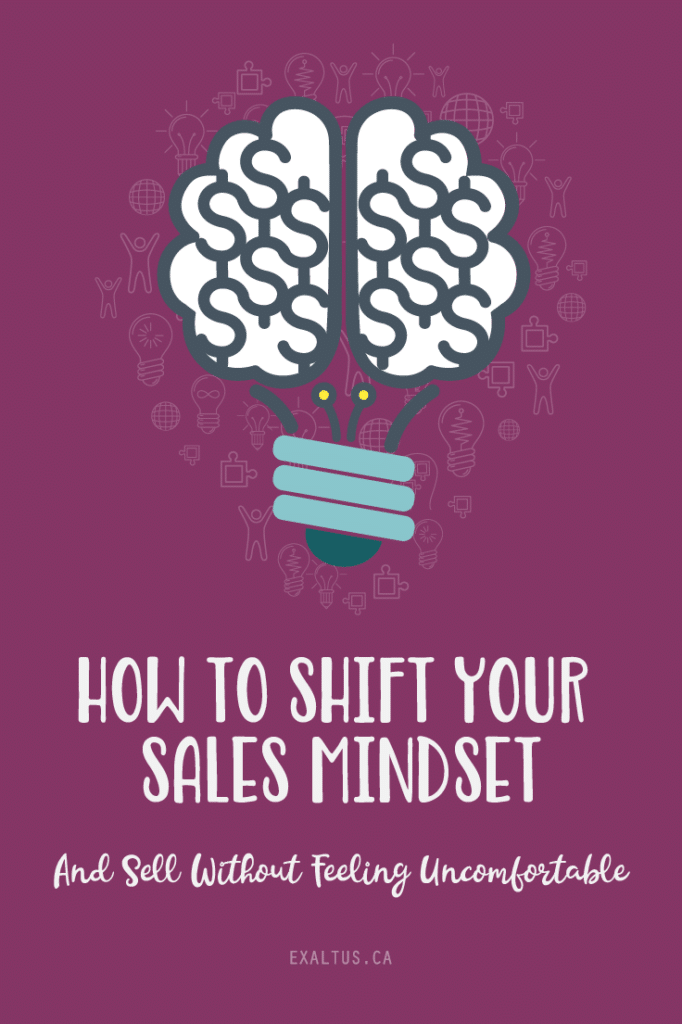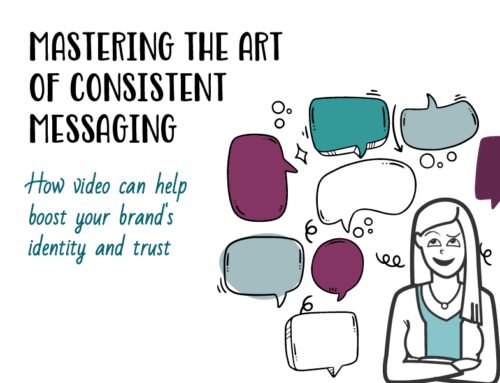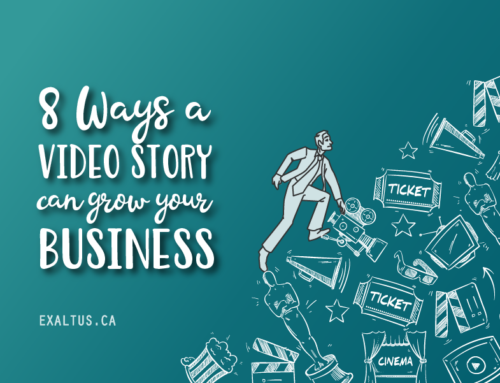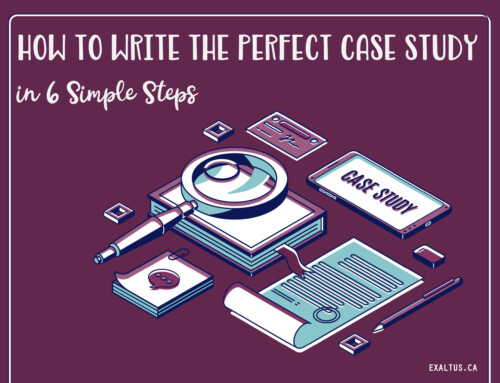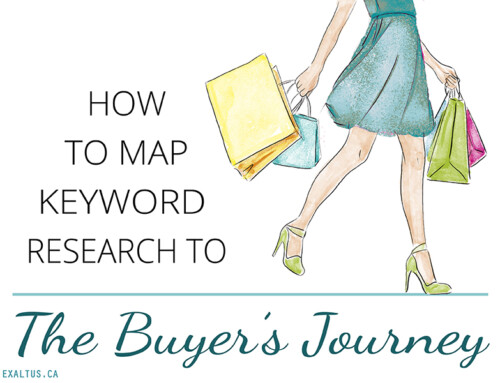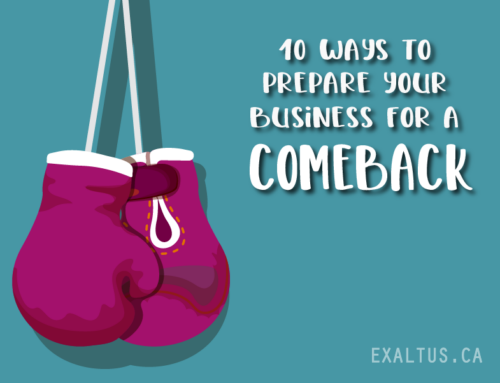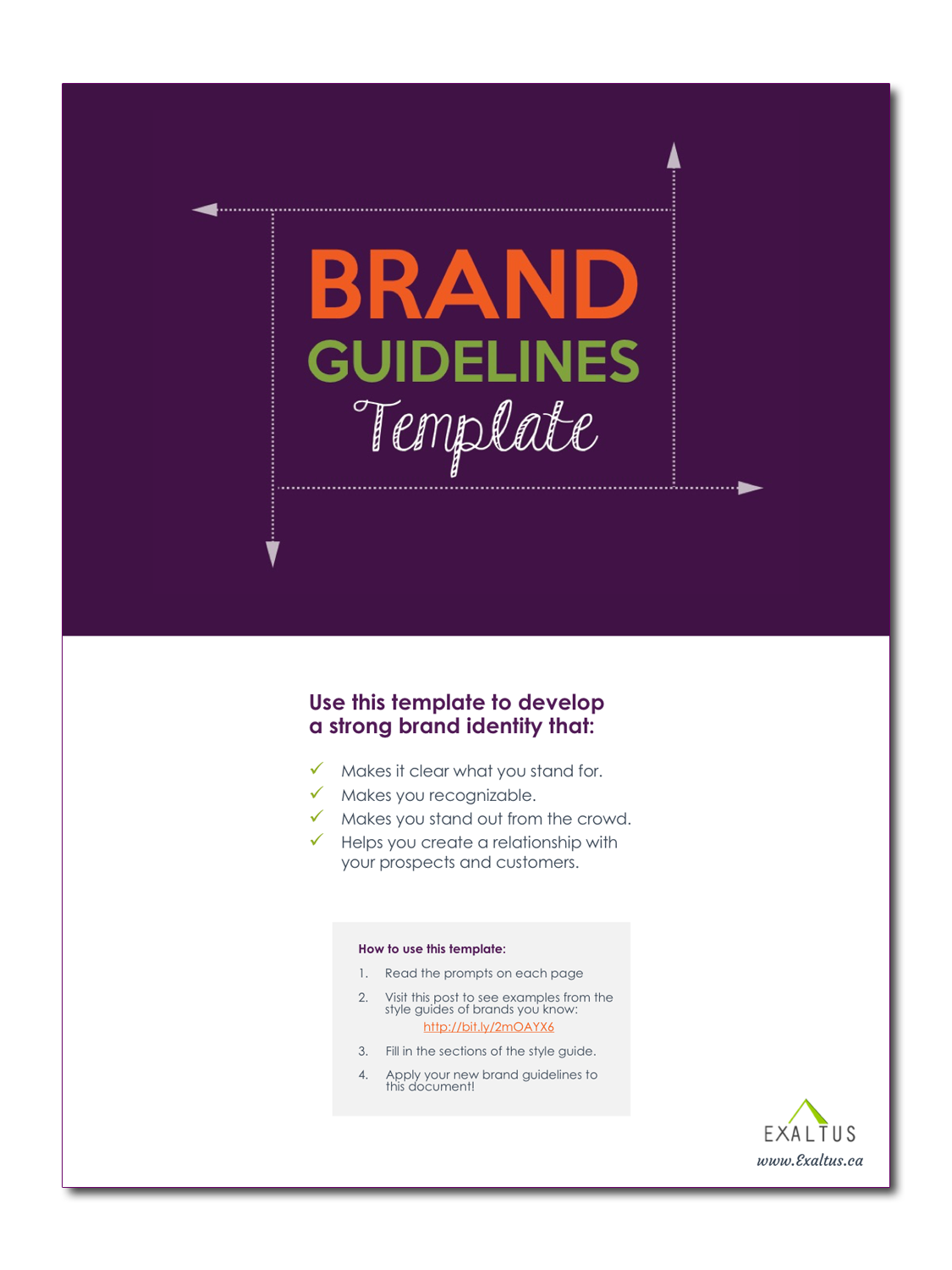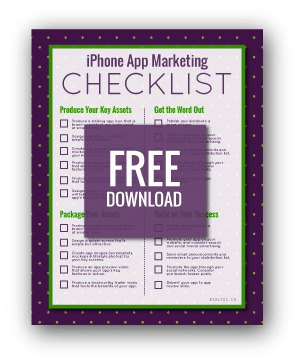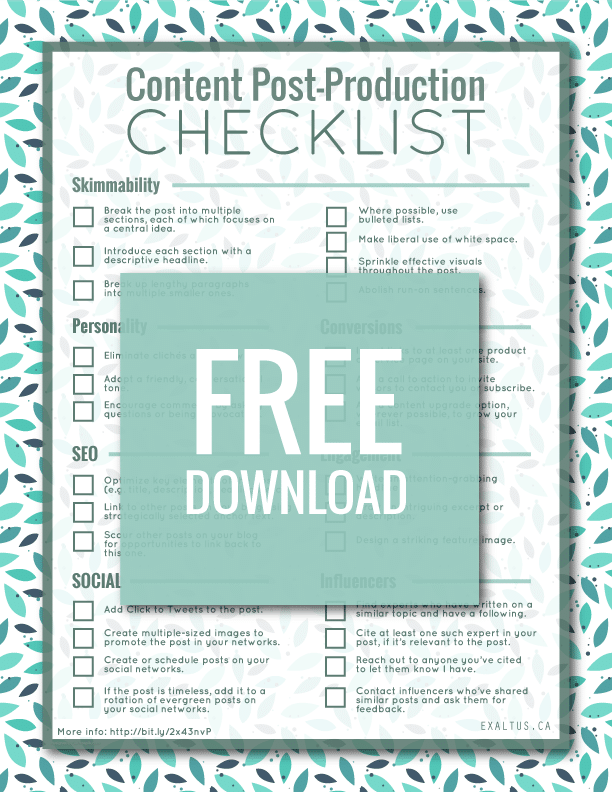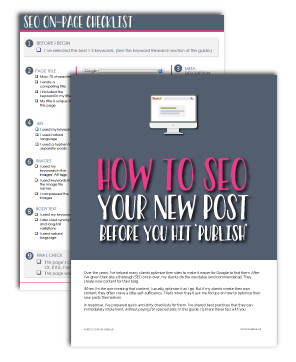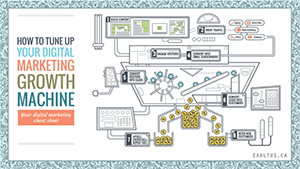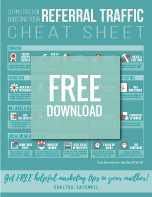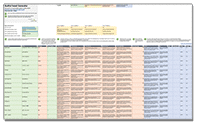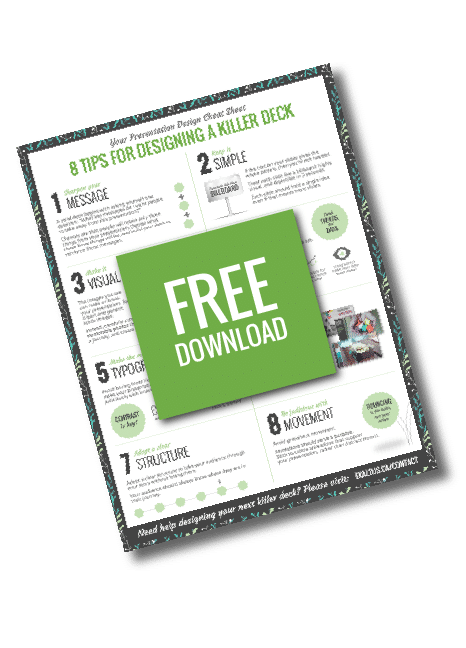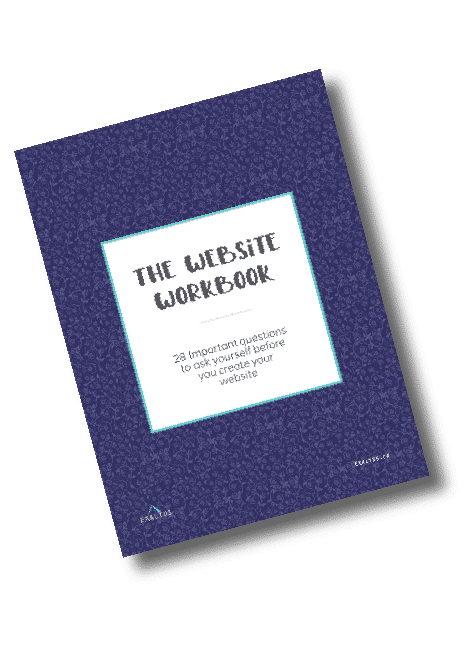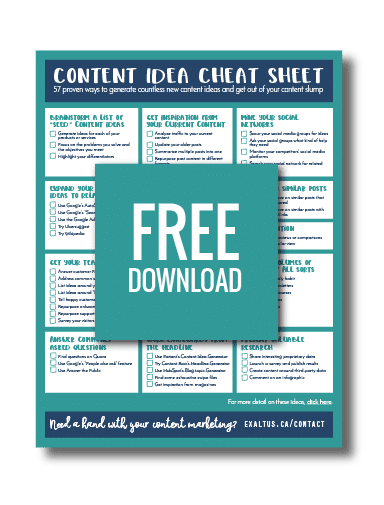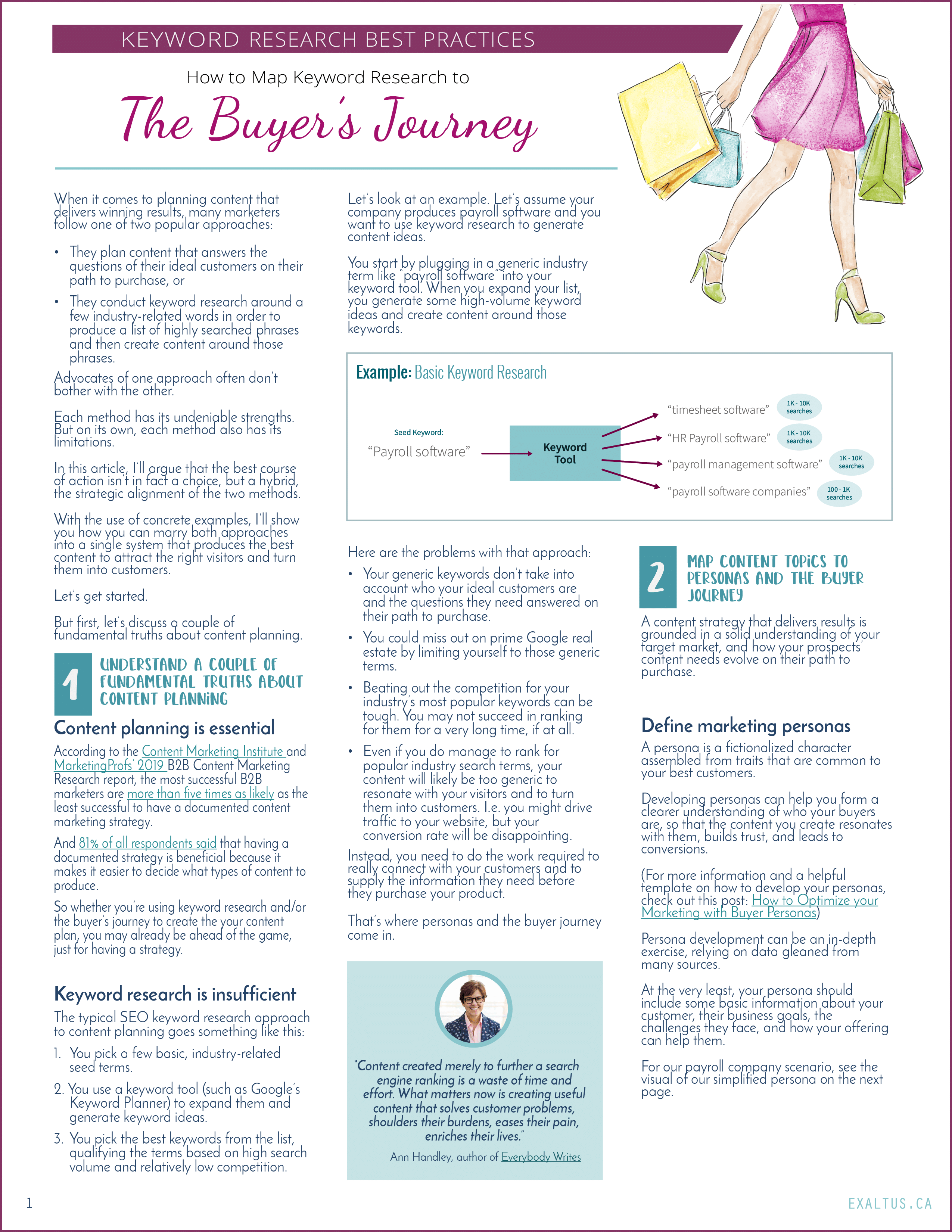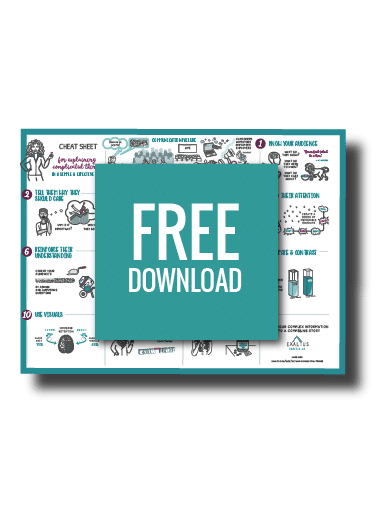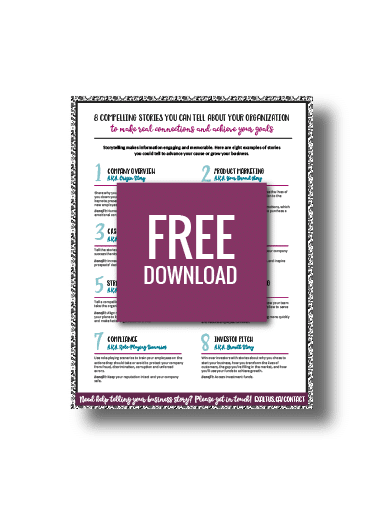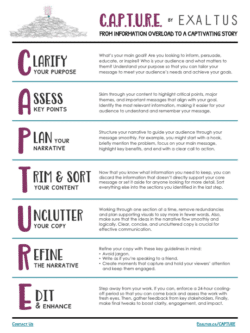I’m not a sales trainer. I’m not even an expert in sales. So what makes me qualified to talk to you about sales?
Well, for one thing, I’ve come a long way: I used to hate everything to do with selling. I regularly declared myself terrible at it. The very term, “sales”, sounded sleazy to me. But today, I can hold my own in sales situations, which I’ve come to almost enjoy.
The difference, I’ve realized, has nothing to do with any skills I’ve picked up along the way. The difference, as silly as it sounds, came from a shift in mindset. If selling makes you uncomfortable, I’m hoping to offer you a new perspective that will help you sell with confidence.
My early experiences with sales
There was a time when I would have avoided any type of sales situation at all costs.
My “allergy” to sales began when I was only 16 years old and I got my first summer job working at a clothing store. The manager required us to pounce on shoppers the second they entered the store. We were trained to use a series of sales techniques, which felt manipulative and deceptive, in order to sell them as much merchandise as possible.
I felt like a predator, and I didn’t like it.
My suspicion of sales persisted for years. Over the course of my career, I turned down several lucrative job offers simply because they touched on sales.
Common misconceptions around selling
The reason that selling used to feel smarmy to me was that I had several misguided notions about what selling is. Here are a few common myths around selling that you may have bought into.
Myth: You have to have “the gift of the gab”.
Reality: You have to be a great listener. (More on this later.)
Myth: You have to be willing to mislead or exaggerate.
Reality: You have to be open and transparent, in order to build a long-term relationship that is rooted in trust.
Myth: You have to be pushy and pressure people into buying things that may not be right for them.
Reality: There’s no reason to pressure when you focus on the needs of your customers.
Myth: Selling is manipulative.
Reality: Done right, selling is helping.
Let’s give “sales” a new name
Just the word “sales” always sounded sleazy to me. It still does, a little, if I’m honest. What if we renamed “selling” to “serving”?
What if you thought of selling as
- Doing something for someone instead of doing something to them?
- Helping your prospects find a solution to their problems, rather than trying to get something from them?
- Giving rather than getting?
Bear with me. It’s not as big of a leap as you might think.
Shifting your sales mindset
Selling your product should never be about persuading someone to buy something that isn’t right for them.
Here’s how I look at it: if your product is viable, then
- There are people out there for whom it’s a perfect fit.
- There are people with a problem you can solve.
- There are people who can achieve success or avoid failure because of you.
Those people are your ideal customers, and they need you as much as you need them.
As “a salesperson”, all you need to do is:
- Find those people at the right time.
- Listen to their needs.
- Help them see the truth about how you can help them.
And there’s nothing deceptive about that, right?
Let’s break it down.
7 ways to boost sales without feeling uncomfortable
1. Identify your ideal customer
The first thing to recognize is that you and your product are not for everyone. Trying to sell your offering to someone who won’t benefit from it is deceptive and a waste of everyone’s time. Don’t do it.
On the contrary, look for the people who need you so badly that depriving them of what you have to offer seems almost unfair. How do you do that? You have to define who your ideal customer is and the problems you can help them solve. Developing buyer personas might help.
2. Reach customers at the right time
Even when you’ve identified your ideal customers, timing is important. You want to connect with them early on their path to purchasing a product like yours.
Ideally, your first contact should be at one of these stages:
- They’re becoming aware they have a problem (i.e. their status quo is not ideal).
- They’re learning about the different ways they can solve their problem.
Reach them too early, and they won’t be as receptive to you. Reach them too late, and you could lose the sale to a competitor.
But how do you reach prospects at exactly the right time? This is where the right content can be hugely helpful at supporting your sales effort.
The best way to reach customers in the earlier stages of their customer journey is to create and promote content around the problems they are experiencing and the different ways to solve those problems. For more detail on coming up with early-stage content ideas, check out my post on keyword research best practices.

Download our FREE cheat sheet!
Download our free cheat sheet and discover 57 proven ways to generate countless new content ideas using recommended tools and techniques.
3. Actively listen
Mario Cecchini, my friend, mentor, and the President and CEO of the Montreal Alouettes, is fond of saying: “You have two ears and one mouth: You should be listening twice as much as you speak.”
Those words stuck with me. And they’re words to cling to if you’re in sales.
If you listen closely, your prospects will reveal precious clues about how you can help them. And even if you think you already know all the facts, your prospects need to feel heard, so that they can trust your recommendations.
That means that you should:
- Be fully present during conversations with them.
- Actively listen to what they tell you and reflect back what you understood from them.
- Ask questions whenever you need more information or clarification about something they’ve said.
4. Speak to benefits and solutions
Too many of us are so in love with our own products or services that all we want to do is blab about their every detail. But buyers don’t care about the features. They care about the benefits they’ll get from those features.
When I buy a new air conditioner, don’t talk to me about multi-directional airflow vents. Tell me I’ll be able to stay cool, no matter where I am in the room.
If I’m in the market for an underground sprinkler system, I don’t want to hear about your special XYZ technology. I want to know that you’ll save me water and energy while you keep my lawn watered just right.
Explain to your prospects how your solution will help them
- Solve their problem.
- Overcome obstacles.
- Achieve success.
And while you’re at it, highlight the advantages you offer over your competition. (No need to name the competition in the process.)
5. Think long term
Short-term thinking in sales is when you do everything you can to land the deal, without any thought to what comes next.
What happens if you sell something that doesn’t meet your clients’ needs?
- They regret the purchase.
- They are unlikely to buy from you again.
- They are unlikely to refer you to their friends.
- They may, in fact, bad mouth you to friends and followers.
That sale could cost you in the long run.
What you want is customers who rave about you to anyone who will listen. And you don’t get those by misleading them. On the contrary, you get them by being honest about what they can expect from doing business with you.
And if you can’t meet their requirements? You need to be honest about that too. Be willing to walk away from a sale. And bonus points if you can refer them to people you trust who might be able to help them in a way you can’t.
This isn’t idle talk. I’ve done that several times, myself. And on many occasions, the client I’ve steered in a different direction has come back to me later for services that I do offer.
6. Build trust
Customers who don’t trust you will hesitate to buy from you. That’s always true, but it’s even truer during a crisis. Behaving with integrity and listening to your clients’ needs will earn you trust. But there are other things you can do as well:
- Know your product well. Expertise inspires confidence.
- Have a professional website that isn’t riddled with typos and broken images.
- Let happy customers vouch for you through case studies and testimonials.
- When you encounter prospects who aren’t yet ready to buy, sign them up to your newsletter and slowly nurture the relationship.
- Show customers how easy it to do business with you.
- Provide a guarantee, if you can.
7. Delight your customers
Remember that the first sale is only the beginning of your relationship with a client. A happy customer will buy again and refer you to others.
Devote energy and imagination to creating memorable experiences across all your customer touchpoints.
Over to you
What about you? Have you had to conquer some blocks around sales? How did you do it? I’d love to hear about your experience in the comments. And if you need some help developing the right content to grow your sales, please contact us. Did you like this article? Subscribe to my email list to get my next post in your inbox.

